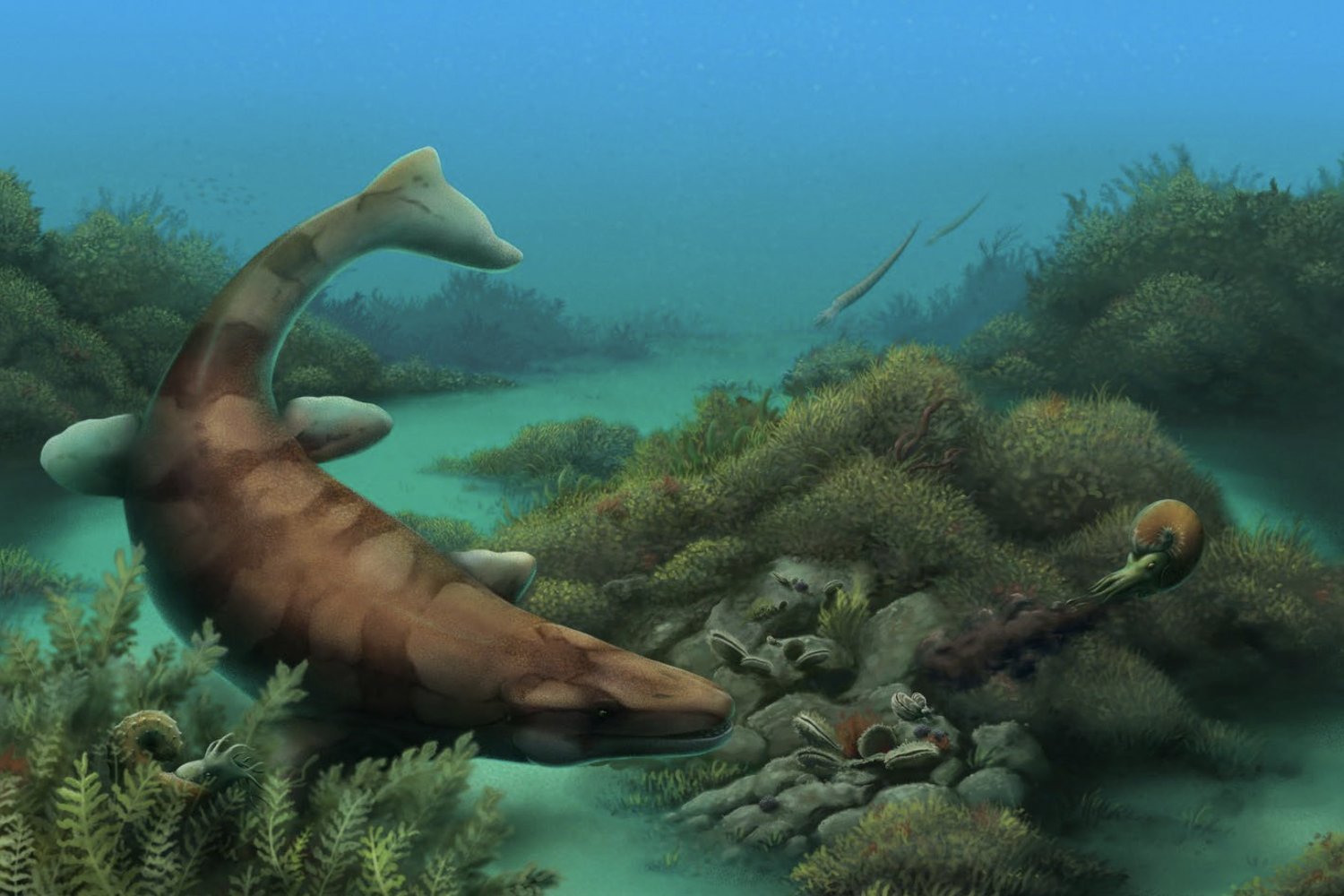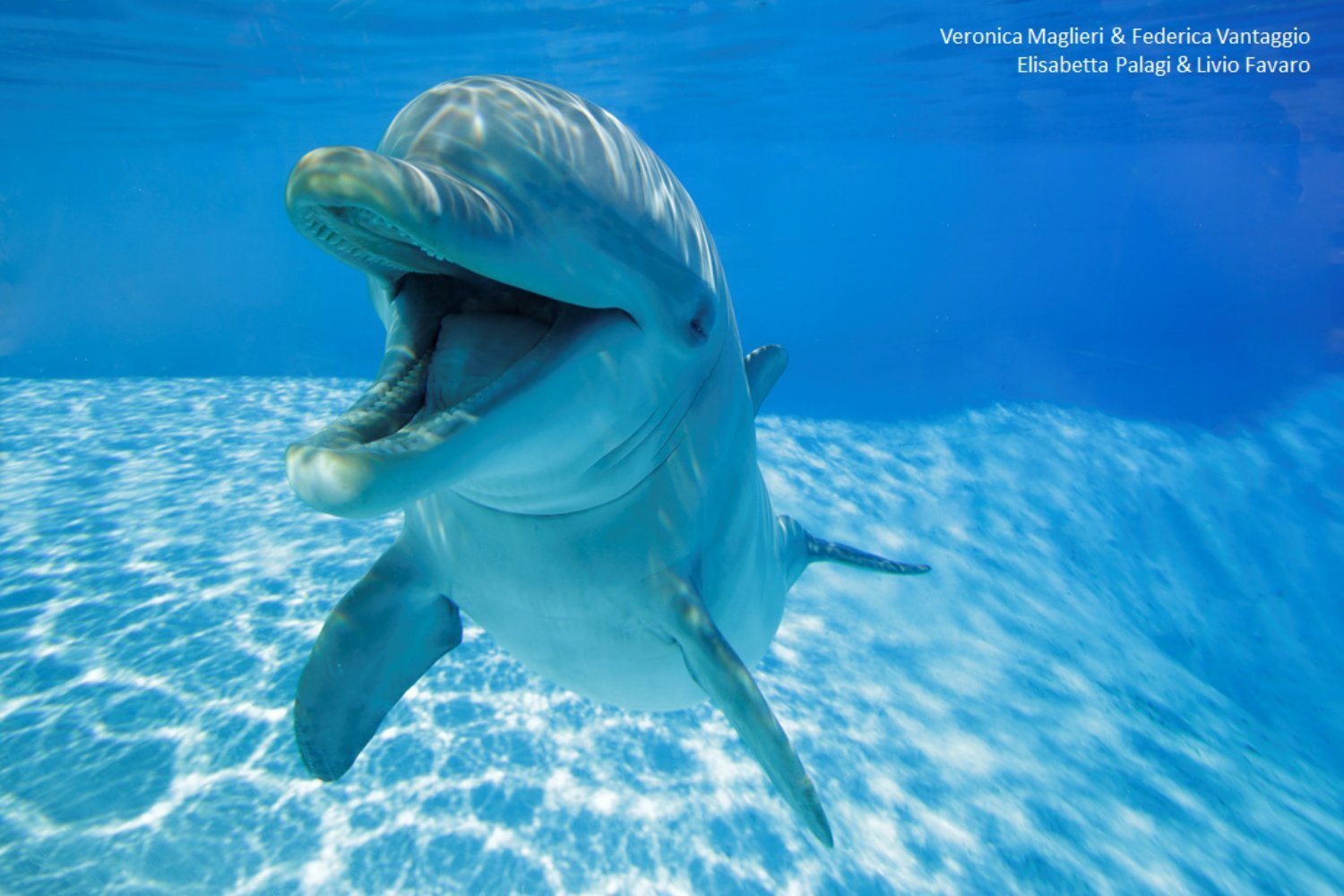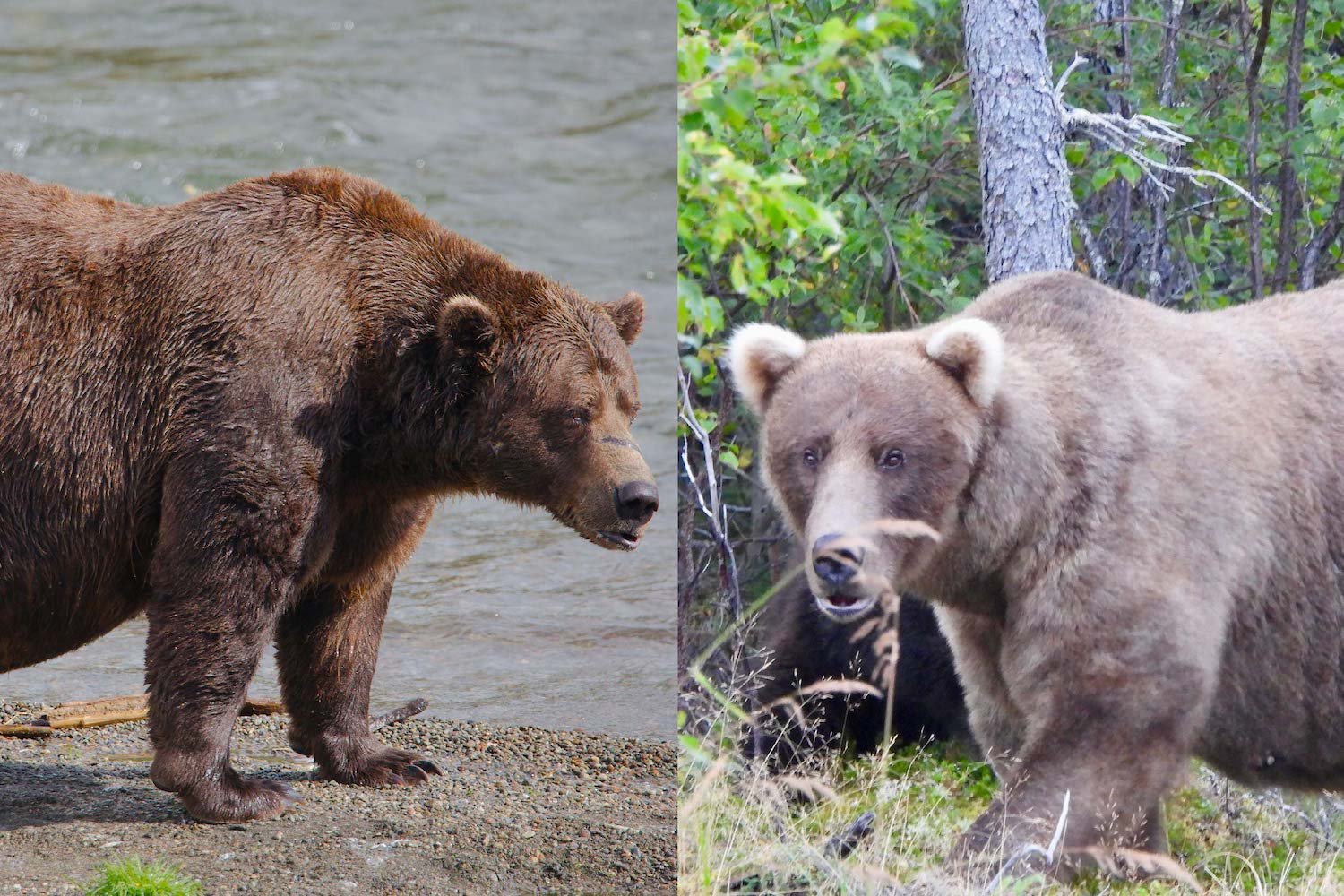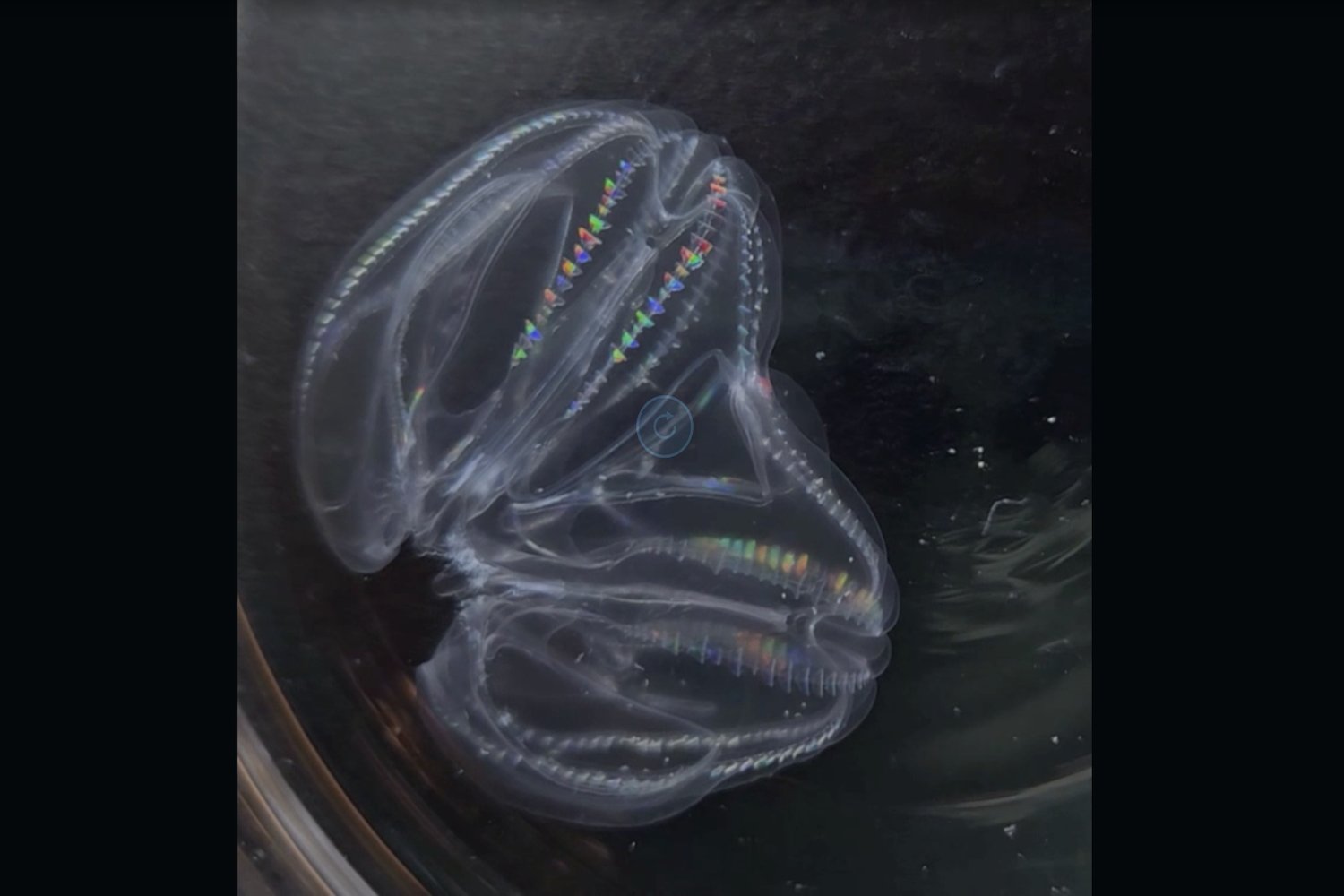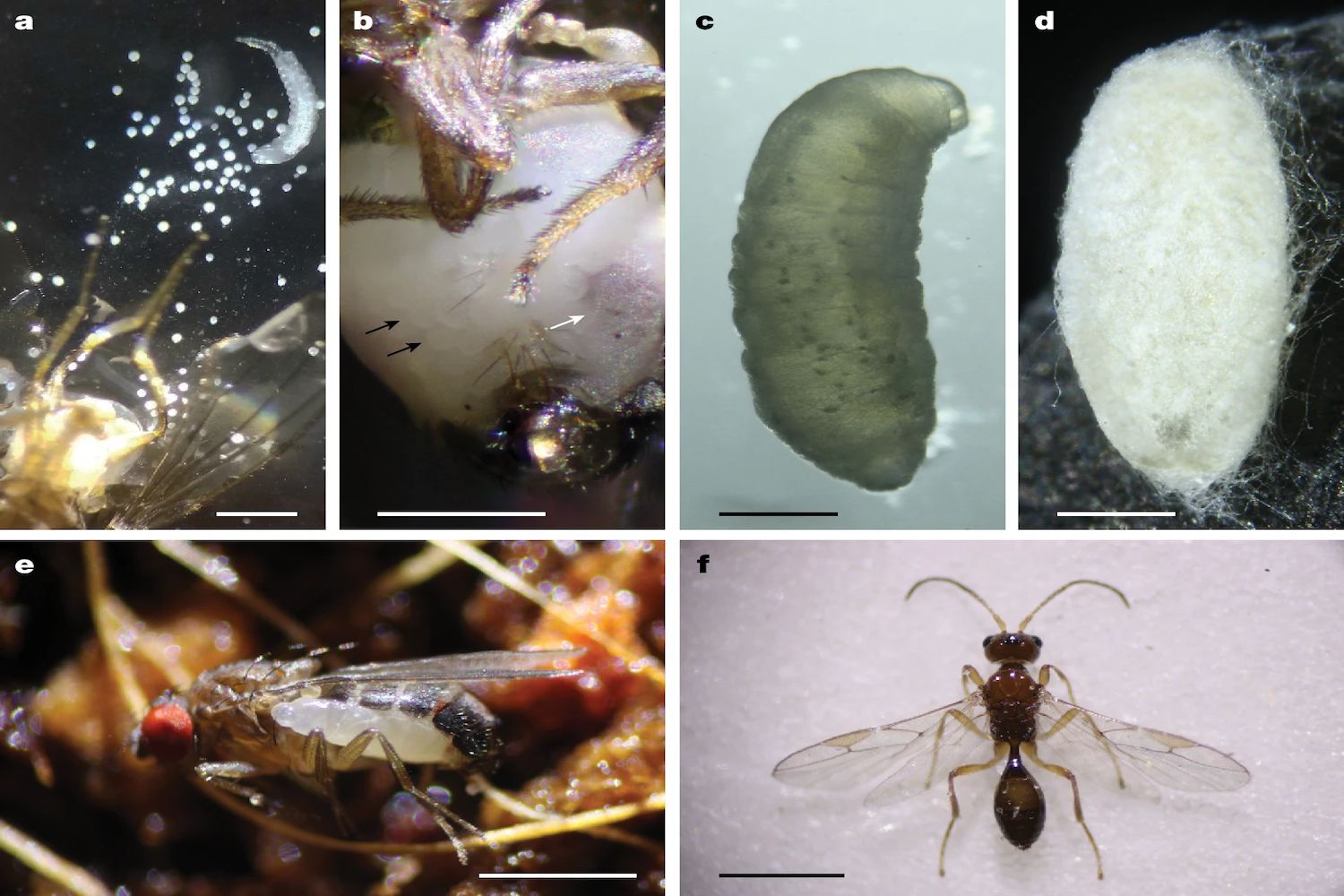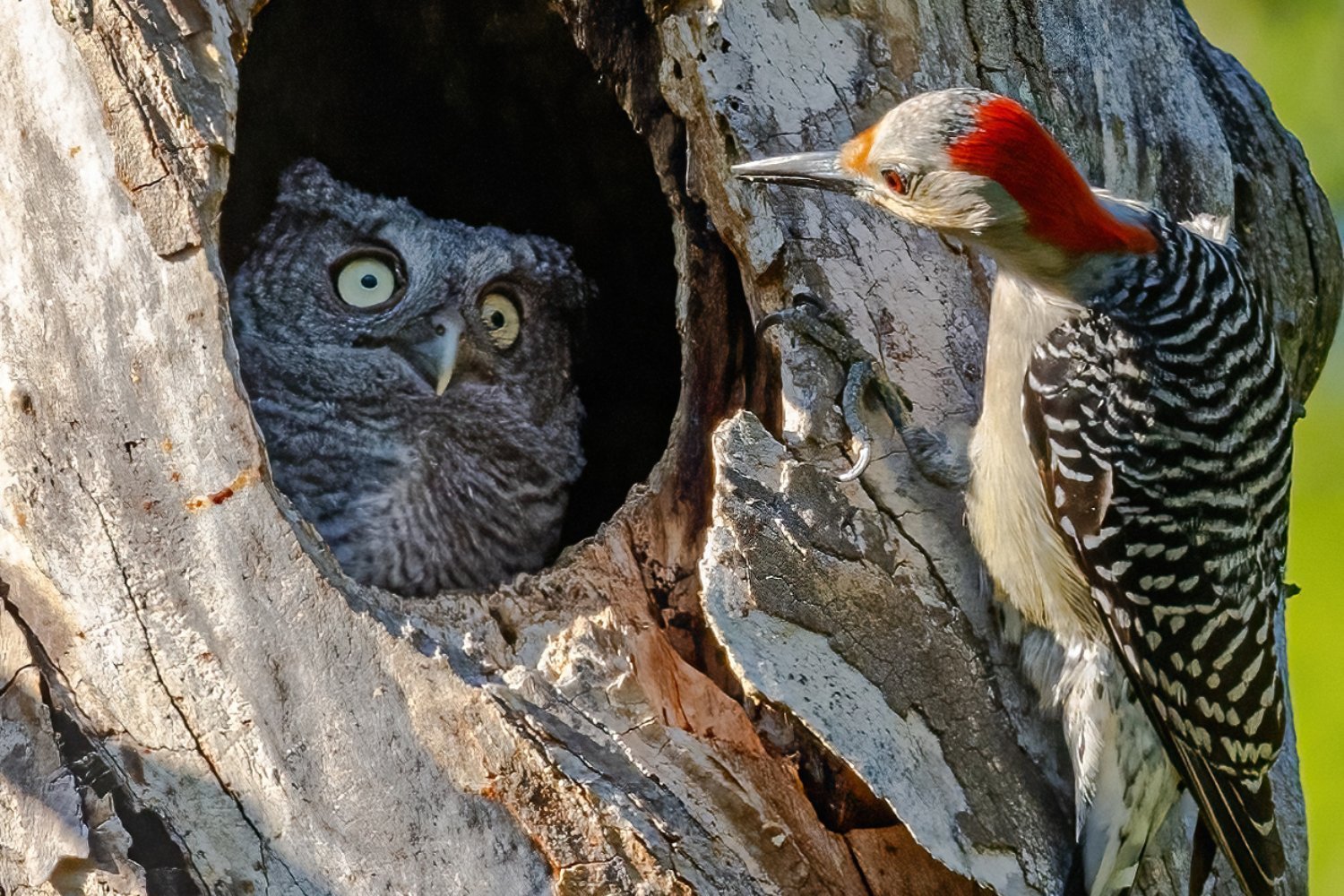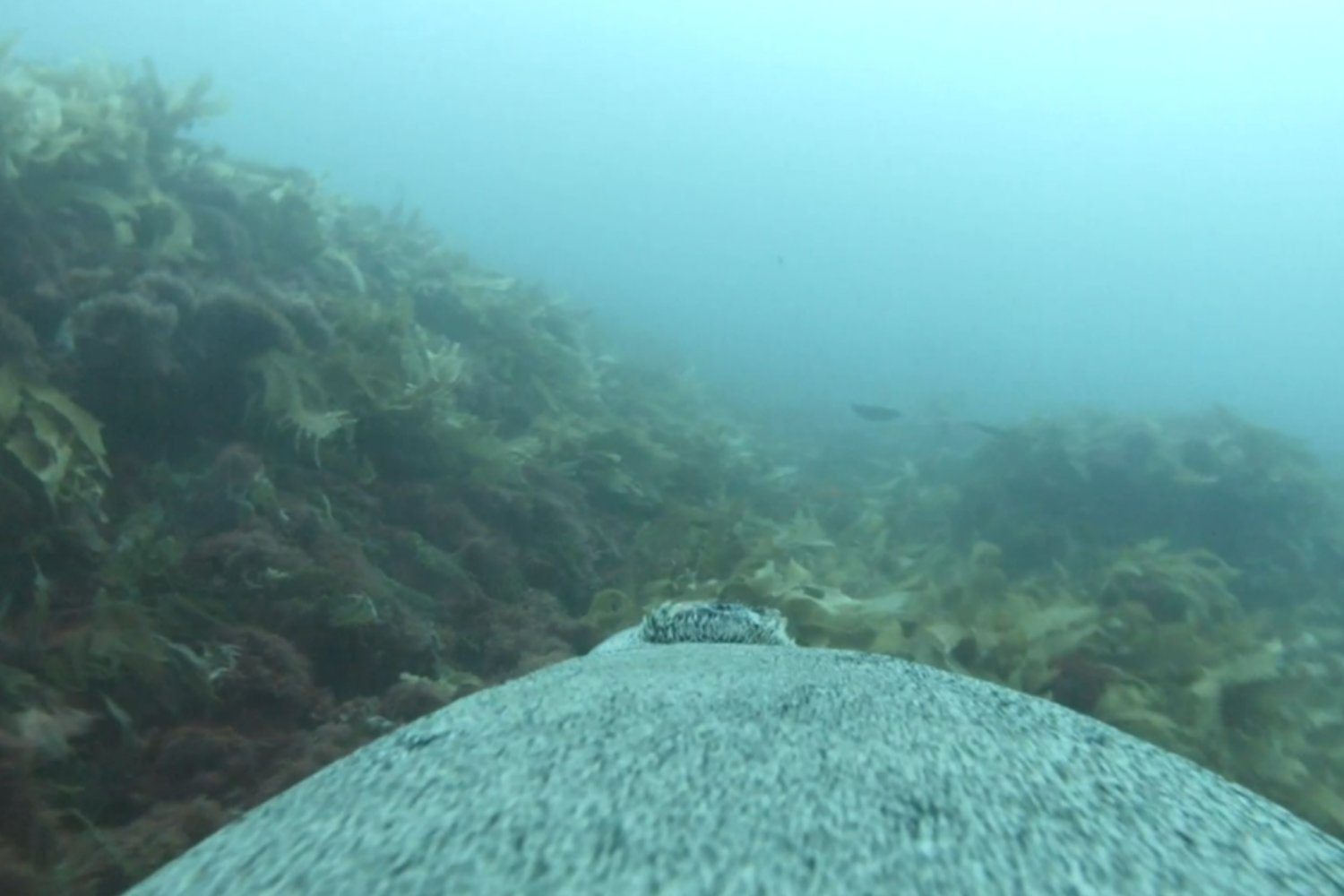A remarkable fossil discovery in Texas reveals the impressive bite of a prehistoric sea monster. The complete jawbones of a Globidens alabamensis, a marine predator from the mosasaur family, have been unearthed, offering paleontologists a rare glimpse into the feeding habits of these ancient carnivores.
This Globidens species, first identified in 1912, roamed the oceans approximately 85 million years ago. The pristine condition of these newly discovered jaws provides valuable insights into how these creatures hunted and consumed their prey.
The fossil was discovered in the Ozan Formation of northeastern Texas by fossil hunter Courtney Travanini. Travanini loaned the specimen to a team of scientists, including University of Alberta paleontologist Brennan Martens. Their analysis of the jawbones is detailed in a study published in The Journal of Paleontological Sciences.
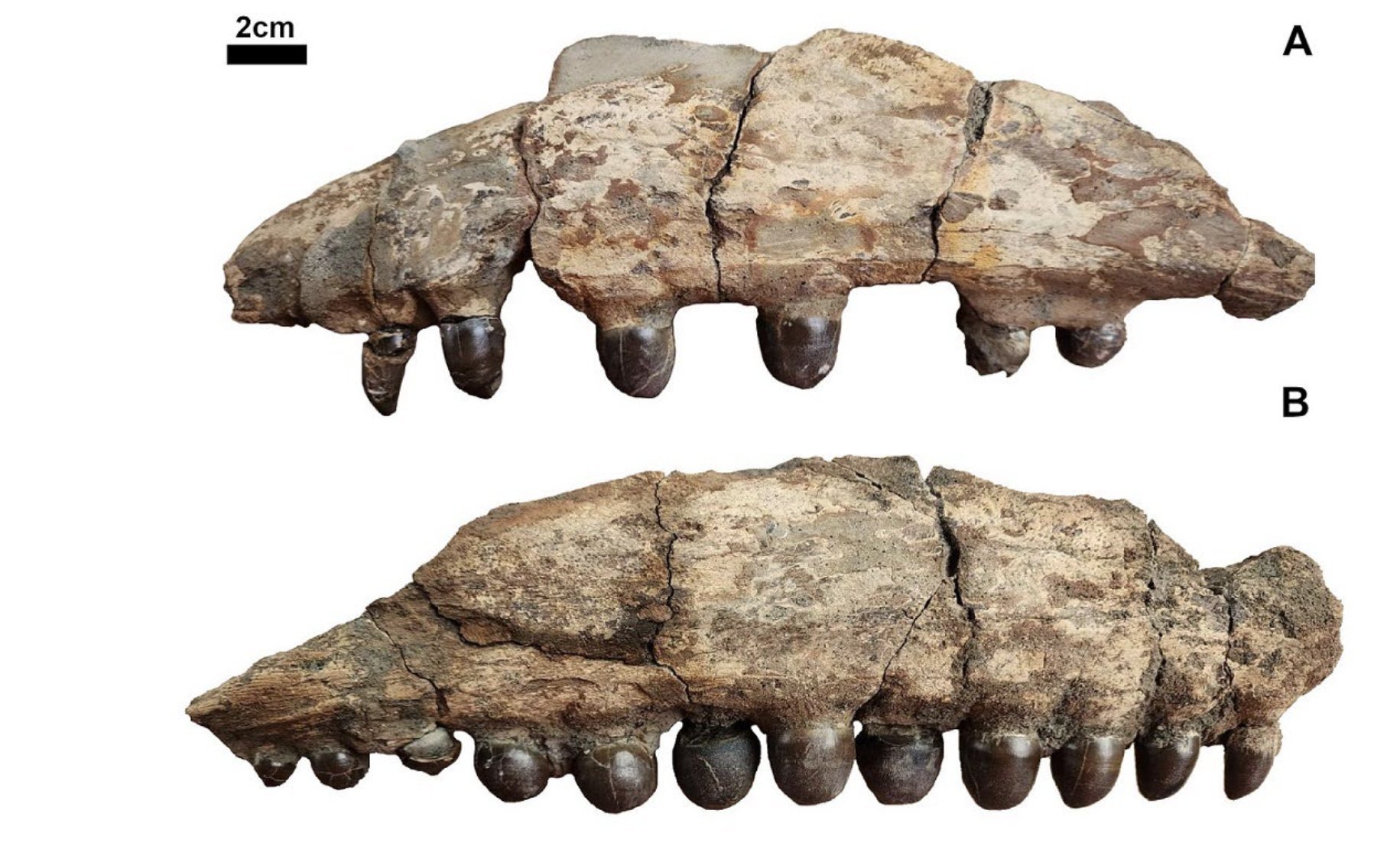 Photo of mosasaur jaw bonesThe teeth of a Globidens were not sharp and serrated, but nubby and cylindrical. Credit: The Journal of Paleontological Sciences
Photo of mosasaur jaw bonesThe teeth of a Globidens were not sharp and serrated, but nubby and cylindrical. Credit: The Journal of Paleontological Sciences
The left jawbone contains six teeth, while the right boasts twelve. The researchers describe the jawbones as “robust and massive,” and the teeth as “tall and cylindrical,” some measuring up to 1.5 inches (4 centimeters) in length.
These characteristics align with previous Globidens discoveries. Unlike the typical image of a predatory sea reptile with razor-sharp teeth, Globidens possessed rounded, blunt teeth. This suggests that, while some mosasaurs may have torn flesh from their prey, many likely swallowed their meals whole. Some experts even theorize that certain species may have been venomous.
Mosasaurs from the Cretaceous period are rare finds in the Western Mississippi Embayment, a basin extending from southern Illinois to northern Louisiana. This region, now dry land, was submerged during the mosasaur era. Most discovered remains are isolated teeth or jaw fragments, making the discovery of complete jawbones exceptionally significant.
Due to the fragmented nature of previous mosasaur finds, identifying the precise subspecies of Globidens proved challenging. The shape of these jawbones resembles other Globidens species but lacks some common features. Based on their shape and tooth count, the researchers concluded that they most likely belonged to a G. alabamensis.
Popular culture has often exaggerated the size of mosasaurs. In the film Jurassic World, a mosasaur is depicted as a colossal beast devouring a shark in one bite. In reality, Globidens reached lengths of around 20 feet (six meters), similar to the largest captive crocodile. While still formidable, this is considerably smaller than Shastasaurus, the largest known aquatic animal of the dinosaur era, measuring 65 feet (20 meters).
Shastasaurus remains are primarily found in California and along the West Coast. While things might be bigger in Texas, it appears even there, there are limits.



